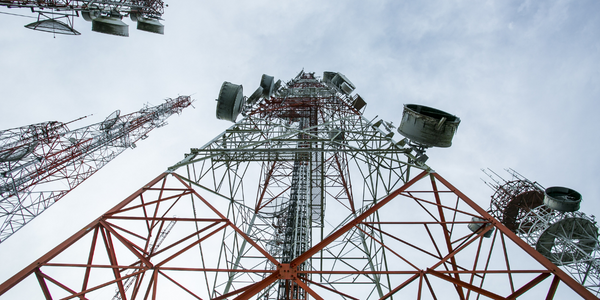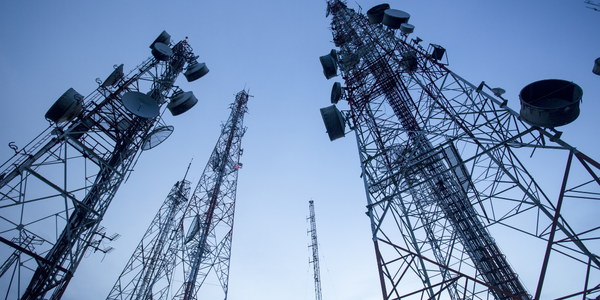Customer Company Size
Large Corporate
Region
- America
Country
- Costa Rica
Product
- Arista 7100 Series Switches
- Arista EOS
- F5 Load Balancers
Tech Stack
- 10GbE Networking
- Virtual Servers
- Containerized Data Centers
Implementation Scale
- Enterprise-wide Deployment
Impact Metrics
- Energy Saving
- Customer Satisfaction
- Productivity Improvements
Technology Category
- Infrastructure as a Service (IaaS) - Cloud Computing
- Networks & Connectivity - Ethernet
- Networks & Connectivity - Network Management & Analysis Software
Applicable Industries
- Telecommunications
- Software
Applicable Functions
- Business Operation
- Facility Management
Services
- Cloud Planning, Design & Implementation Services
- System Integration
About The Customer
Radiográfica Costariccense S.A. (RACSA) is the leading Internet Services Provider (ISP) in Costa Rica, offering commercial and residential internet services. As a public service of the Costa Rican government, RACSA is responsible for developing and offering new technologies to the public, including telephony, wireless services, and distributed applications. Among its latest initiatives is providing cloud-based application services for corporate and residential customers. For a monthly subscription, customers can use virtual servers and desktops configured with applications and storage for personal or business use. RACSA's commitment to innovation and technology advancement is evident in its efforts to provide high-quality services while adhering to government energy mandates and environmental considerations.
The Challenge
RACSA faced the challenge of designing a cloud computing architecture that was both high-performing and energy-efficient. The need for high bandwidth access and reliable data center performance was crucial to offset the lower performance of client PCs used by subscribers. Additionally, government energy mandates required the design to be as energy-efficient as possible, which was challenging given the cooling demands in Costa Rica's tropical climate. RACSA opted for containerized data centers to minimize the carbon footprint, but this introduced the requirement for high performance in a compact space. Storage systems were already compact, limiting options for higher density or performance, but RACSA was committed to implementing the best-performing and most efficient technologies in their cloud applications solution.
The Solution
RACSA implemented Arista's 7100 series switches to meet the high-performance and energy-efficiency requirements of their cloud computing architecture. The Arista switches provided non-blocking, wire-speed 10GbE on all ports, offering the flexibility to leverage existing infrastructure. The solution was cost-effective and high-performing, meeting RACSA's needs for scalability and reliability. The switches' compact size and high density were ideal for the containerized data centers, which required efficient use of space. RACSA also utilized Arista's open extensible Operating System (EOS) for network management, alongside F5 for load balancing, Checkpoint for firewalls, and Juniper for transit routing. This combination of technologies ensured that RACSA's virtual applications data center could serve thousands of corporate and residential subscribers effectively.
Operational Impact
Quantitative Benefit

Case Study missing?
Start adding your own!
Register with your work email and create a new case study profile for your business.
Related Case Studies.

Case Study
Vodafone Hosted On AWS
Vodafone found that traffic for the applications peak during the four-month period when the international cricket season is at its height in Australia. During the 2011/2012 cricket season, 700,000 consumers downloaded the Cricket Live Australia application. Vodafone needed to be able to meet customer demand, but didn’t want to invest in additional resources that would be underutilized during cricket’s off-season.

Case Study
SKT, Construction of Smart Office Environment
SK T-Tower is the headquarters of SK Telecom. Inside the building, different types of mobile devices, such as laptops, smartphones and tablets, are in use, and with the increase in WLAN traffic and the use of quality multimedia data, the volume of wireless data sees an explosive growth. Users want limitless Internet access in various places in addition to designated areas.











